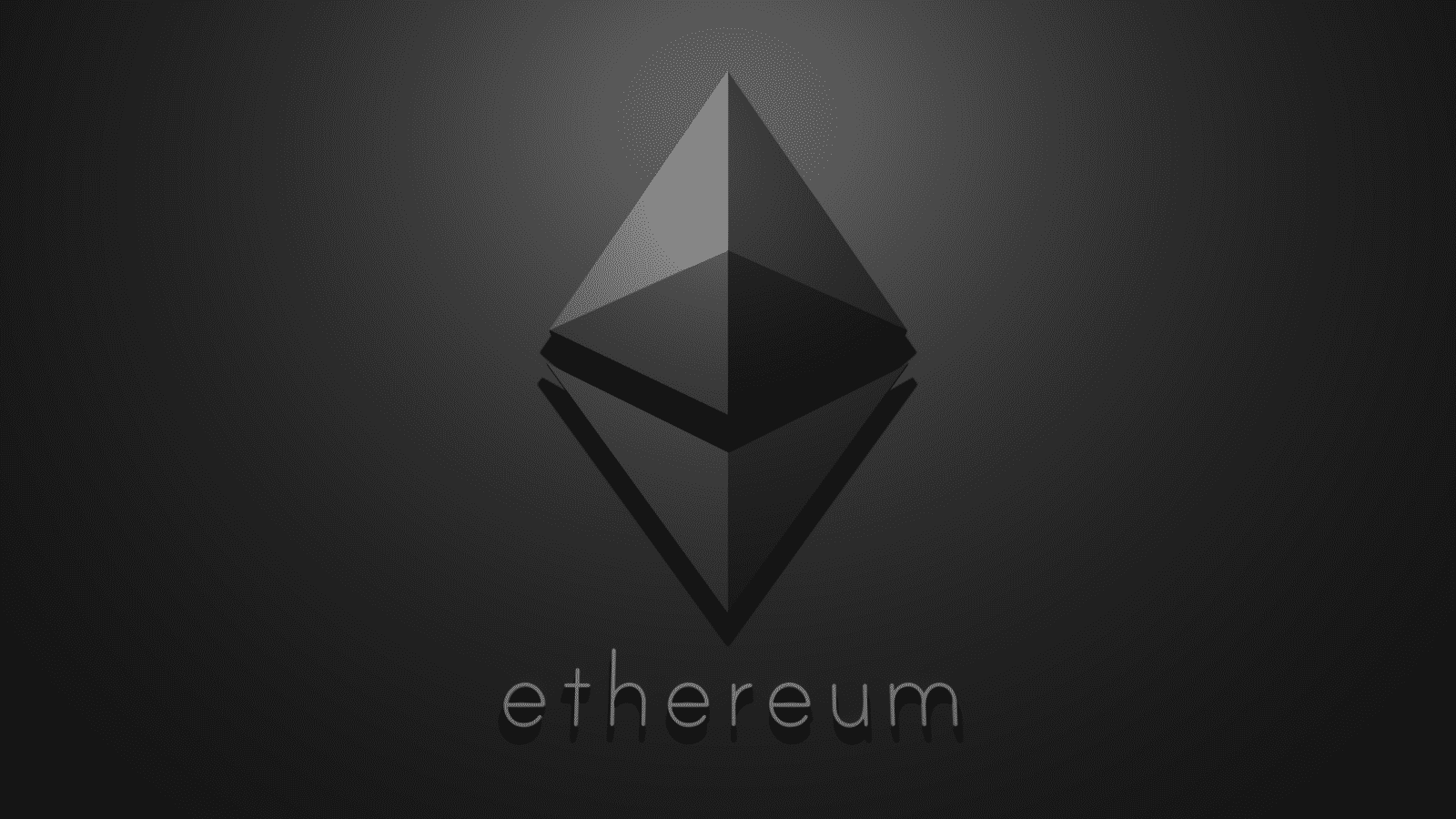
Ethereum fees down by 35%: Will it affect ETH’s price?
What exactly is a gas fee? More importantly, how will decreased Ethereum fees affect the price of ETH, “Will Ethereum go up”? That is precisely what we will discuss here!
Consider Ethereum to be a highway and your transactions to be automobiles. In this instance, the gas fee represents the toll tax. But why would anyone pay the toll on every transaction? Because this road leads to some incredible places (Decentralised Apps). Destinations that are not available on any other highway (Blockchain).
But, like a highway, does Ethereum use the toll fee to maintain the infrastructure? Yes! The miners that validate each transaction so that Blockchain is always error- and fraud-proof would receive a fraction of this toll levy. Another portion of it is used to generate revenue for Ethereum. They use it to make regular upgrades that improve our overall highway experience.
Overview of Ethereum Fees and Network Activity
Gas is the charge for successfully completing a transaction or a contract on the Ethereum blockchain network. Following the implementation of the Proof of Stake algorithm in September 2022, gas fees became the reward for staking ETH and participating in validation—the more a user has staked, the more they can earn.
Fees are calculated in Gwei (10-9 ETH), a minuscule fraction of the cryptocurrency Ether (ETH). Validators receive compensation in the form of gas for the resources used to execute transactions. At the time of the transaction, supply, demand, and network capacity decide the actual gas price.
The gas fee is calculated by dividing the Gas Limit by the Gas Price per Unit. For example, if the unit price is 200 Gwei and the gas limit is 20,000, the computation is 20,000 * 200 = 4,000,000 Gwei, or 0.004 ETH.
Now, let’s consider why and how Ethereum transfer fees have dropped by around 35% in the last week and the ETH price prediction.
Analysis of the recent decrease in Ethereum fees and network activity
According to Santiment statistics, the fees reached extremely high when the asset’s price fell below $2,000 around a week ago.
The indicator of interest here is “average fees,” which, as the name suggests, reflects the average amount of costs (in USD) that investors are now tagging to their transactions. The current density of traffic on the Ethereum network mainly determines the value of this measure.
When many transactions occur simultaneously, the mempool (where transfers wait to be included in the block) may get crowded. Many transfers may be held up during such times as network validators naturally prioritize transactions with high fees.
Investors who want their transfers processed as quickly as possible charge more significant fees. Other holders may try to outcompete these high-fee transactions by attaching even greater sums, causing the average fees to rise rapidly.
This is only true when the mempool is congested because investors are not motivated to attach significant fees when there is little traffic on the Blockchain. After all, the network has adequate capacity to handle all types of transactions rapidly enough.
Ethereum average fees skyrocketed roughly a week ago when the asset’s price fell below the $2,000 mark. It’s very uncommon to see fees skyrocket during such wild-price activity. Investors typically rush to make their moves (whether buying or selling) anytime the market behaves this way, clogging the mempool.
The surge this time, however, was extremely unusual, as average costs exceeded even those seen during the fall following the collapse of the cryptocurrency exchange FTX in November 2022. As Ethereum’s drawdown has slowed recently, the indicator’s value has also dropped sharply from its 11-month high. The metric’s value has now dropped to $5.28, approximately 35% lower than the previous week.
This sudden decline in average costs shows that demand for ETH network transactions has dropped significantly in the last week. While blockchain activity may be low compared to the previous week, the current values of the indicator are still quite significant.
Ethereum is trading at around $1,800, down 14% in the last week.
The Future Outlook of Ethereum
When the market experiences sell-offs or ETH demand diminishes, its price falls. Similarly, when demand is high and the bulls are active, ETH prices rise. ETH prices fluctuate in response to changes in global market capitalization and trading volume across exchanges. In the league of programmable languages with smart contract interoperability, Ethereum has a first-mover advantage.
Almost 80% of dApps are hosted on the Ethereum network, increasing its value. Despite multiple other efficient blockchains on the market, Ethereum retains its dominance. The continuing rise of Defi, NFTs, and metaverse-like platforms has pushed ETH prices further higher.
Conclusion
A common question from investors is, “When will Ethereum rise?”
Ethereum prediction of experts suggests that the value of Ethereum will climb to $3,904 by 2023 year-end. According to online predictions, the ETH coins will achieve a maximum price of $3,904 in 2023, $6,564 in 2025, and $20,643 in 2030.
Ethereum (ETH), the second-largest cryptocurrency after Bitcoin, has seen its value surge since its inception. The future of Ethereum is very bright. If you invest in Ethereum today, long-term growth is projected, as with any investment. Within the next ten years, the price of ETH could rise to $23,589.73.








